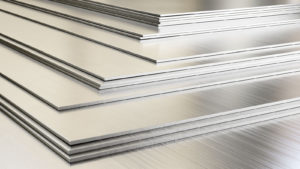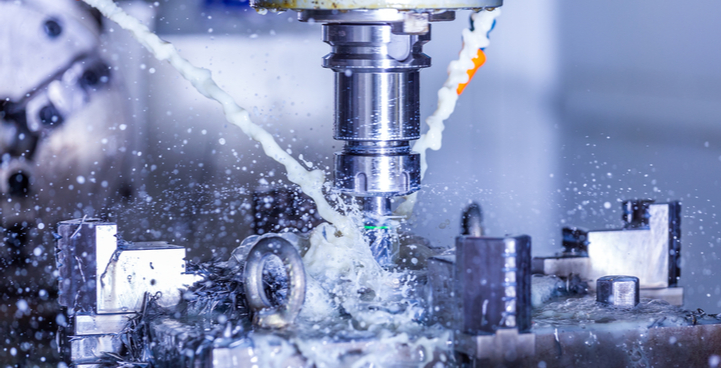The demand for CNC machined parts has surged across industries throughout the United States, due to its high-efficiency level for performing difficult jobs with the highest level of accuracy and precision. A tool path is basically a path-planning system that Roberson Machine Company utilizes to help complete the workpiece as per our customer’s requirement.
With the help of our CAD and CAM technology, we create these tool paths, which turn complex designing and maneuvering into desired physical parts. This software offers a series of coordinates, a trajectory that a milling machine follows to meet the exact workpiece requirement.
Call Roberson Machine Company to learn more about tool paths in our CNC milling services at 573-646-3996 or contact us online. Our CNC milling specialists can discuss our capabilities when it comes to tool paths, and we can help develop a comprehensive plan for your CNC project.
What Are the Advantages of Tool Path Mode in CNC Milling?
Tool path mode has become increasingly effective in CNC milling, especially in 4 axis and 5 axis machining. The tool paths can be split depending on the number of axes the CNC milling machine has and how they move.
In addition to providing a specific cutting plan, tool path mode also allows our CNC milling specialists to:
- Detect the involvement of the tool holder
- Detect the workpiece alignment
- Calculate operation speed
- Update project completion times in real speed
What Are the Classifications of Tool Path Mode Used in CNC Milling?
The tool path mode can be divided into four types:
- One-way feeding
- Reciprocating feeding
- Circular cutting feeding
- Compound feeding
One-way and reciprocating feeding are both line cutting in terms of processing strategies. Commonly used tool path plans are row cuts and ring cuts. Line cutting is beneficial to the maximum feed rate of the machine tool, and the cutting surface quality is also better than circular cutting.
The row cutting tool path is mainly composed of a series of straight line segments parallel to a certain fixed direction. It is suitable for simple cavity finishing or rough machining with large margins removed. In ring cutting, the tool moves along a path with similar boundary contours, which is composed of a set of closed curves, which can ensure that the tool maintains the same cutting state when cutting parts. This is used for producing parts with complex cavities and curved surfaces.
What Are the Factors Affecting Tool Path Mode in CNC Milling?
Some common factors that affect the tool path mode in our CNC milling include:
- Workpiece Material
- Clamping and Fastening Methods
- Tool Selection
- Tool material
- Tool shape
- Tool length
- Number of tool teeth
- Routing
- The verticals of rough machining
- The sequence of processing domains
- The partitions or demarcation lines between semi-finishing and finishing
This is definitely the first vital factor our machinists consider, and possibly the most important as it determines the working mode of the machine. The workpiece material doesn’t directly impact the tool feeding, but it will have a direct influence on the selection of the tool size, material, and processing methods. The geometric elements of the workpiece – such as shape and size – may affect the distribution of the machining allowance of the desired parts to be uniform. Similarly, if there is a workpiece with an optional blank, it will affect the distribution of processing strategies and the clamping method. This will lead to a different approach for tool feeding.
These methods will also have an indirect impact on the working mode of the tool. This may include any extra force added to the cutting methods or vibration variations.
Tool selection includes different parameters, such as:
These parameters determine the area and frequency of contact between the tool and the workpiece, thus determining the volume of the cutting material per unit time and the load of the machine tool.
The process route establishes the optimal sequence of operations to realize the machining purpose. The process route also determines:
The desired goal can be achieved using various process routes that determine the choices of tool path mode. Call Roberson Machine Company today at 573-646-3996 or contact us.
What Factors Affect Tool Path Mode in CNC Milling? | Roberson Machine Company
Roberson Machine Company makes your entire production plan and workflow more effective and efficient with our tool path modes for CNC milling. We are truly your one-stop shop, your single-source manufacturer, for everything regarding our CNC services. Our dedicated leadership team and experienced machinists are passionate about supporting you, our customers, in a variety of industries, and ensuring your success.
Call our CNC specialists right away at 573-646-3996 or contact us online.





